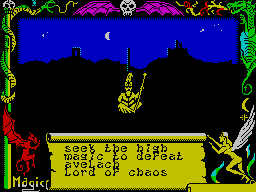
Written by Peter Ward

Thank you for this interview it is an honour for me to interview such a Legend….
What did you want to do when you were at school for a career and what was your first job?
When I was young I wanted to be a scientist. I loved physics and got the school prize after getting 95% in the yearly exam. After doing O and A levels I became disillusioned, we were told there were no jobs in science. I then wanted to be a rock guitarist or recording engineer but that was not considered a career. My first job was a clerk in the civil service but I soon was promoted to a programmer in the VAT computer centre at Southend_On_Sea. One of my jobs involved supporting VAT inspectors regarding mini and microcomputers. It involved surveying the computer on the market and I spent a day at my first computer show. I cam back with a carrier bag with leaflets about machines such as Nascom. That is probably where my first interest in microcomputers began. I was sure they would be in every home. The rest of my team could not see why people would buy them, they said why do people want to do their own accounts. I had already played games at the arcades on Southend sea front and could see the potential.
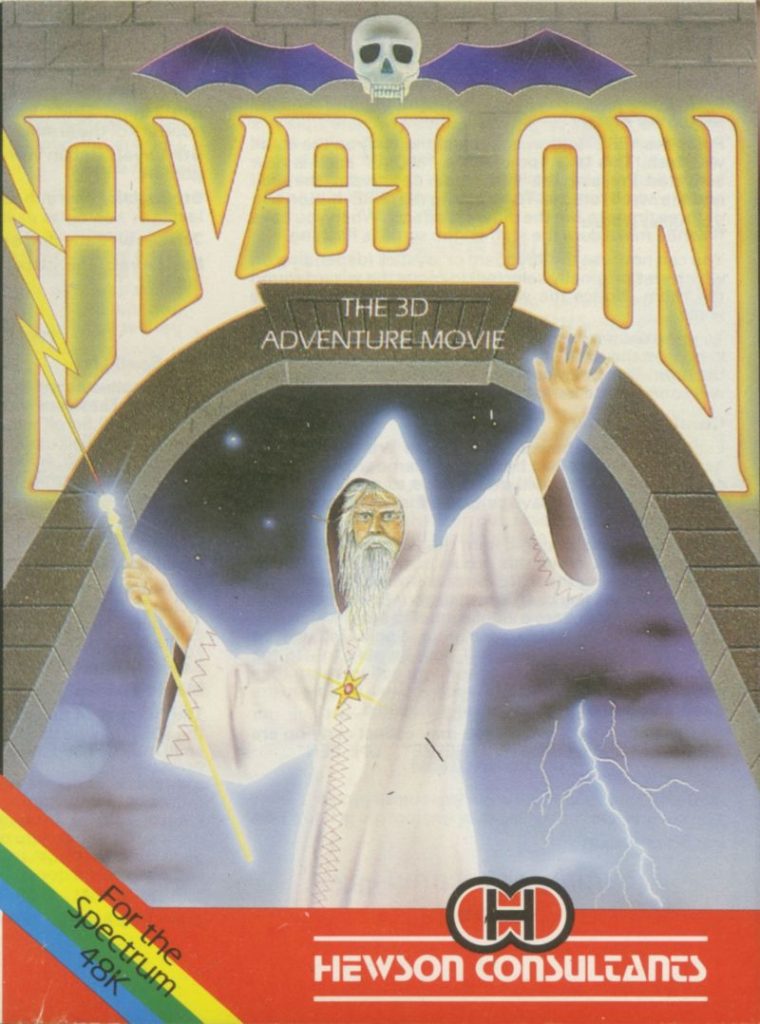
What was your first computer and was it your favourite?
The first computer I owned was a ZX80. I built it from a kit but was disappointed at what it could do. I wanted to program moving graphics and that was near impossible. I then bought a Spectrum and that was my favourite. It was an easy machine to learn, you only had to know a few port addresses and how the screen memory was arranged.
How did you learn to program?
I learnt to program ALGOL60 in 1967, then did FORTRAN as part of A level Maths. When I left school I did a government training course to learn COBOL. I was a good scheme, I actually was paid to go on the course.
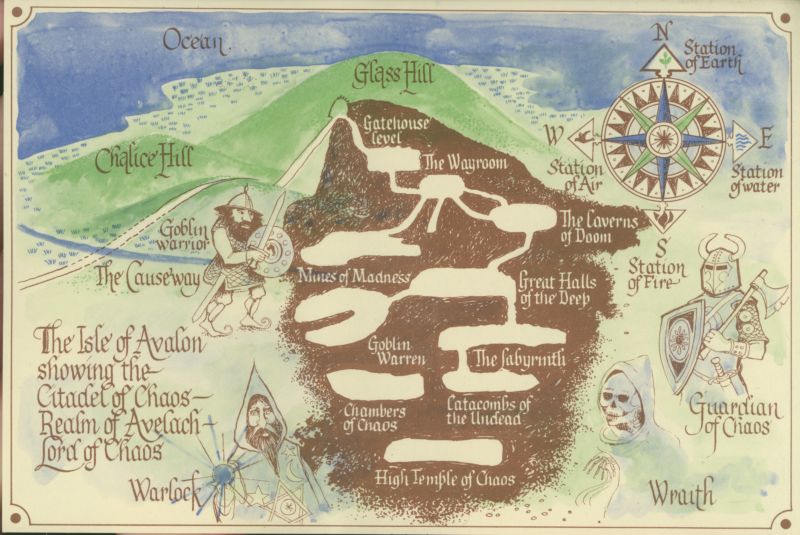
When and how did you realise you wanted to get into game industry?
I used to buy computer magazines and I realised people were making money from writing games. Being a programmer I knew I could do it, I just needed to know I would make enough money as I had a mortgage at that stage. I was earning good money as a commercial programmer and enjoying it. When I moved on to being a Systems Analyst I missed programming so started to program at home.
When did you get into games and which ones impressed you at the time and why?
I was exposed to arcade games early on in the arcades at Southend sea front. When I moved to Witham most pubs had an arcade machine. I would play in the lunch hour. It was an exciting time, the machines were regularly upgraded to the latest games. In the evenings we used to visit the pubs with the best games, playing till closing time. “I’ve had you money now on your bikes” was an often heard refrain from our favourite Scottish landlord trying to get rid of us as we used our last lives up.
What is the funniest thing and most frustrating thing that happened to you at Graftgold?
We all used to go for a pub crawl on a Friday night and end up at the office for coffee. We had a load of cardboard boxes from recently bought monitors and we were feeling frustrated with something. One of us started to take it out on a box and we all pitched in and beat them to bits.
Most frustrating was an early employee called Andrew Whittaker who convinced me he was an experienced programmer. He was no good at all and only lasted his probationary period. Frustratingly he somehow had interviews and articles printed about him in some computer magazines and has continued this until the present day claiming things such as he was a top employee and worked on loads of Graftgold’s games , where the reality is he hardly did anything at all.

When and how did you meet Andrew Braybrook?
I was introduced to Andrew in the local pub by the arcade machine. A mutual friend worked at the same place as me. He knew Andrew had written some games for a mainframe and wanted to see if we could get them working on our firm’s computer. Andrew supplied a massive deck of punched cards which we gave to the operators to have a play around with but could not get them working as there were too many system differences. Later all three of us played in a rock band for a while. That is when I really got to know Andrew.
When and you join Hewson and how did this happen?
I wrote my first game 3D Space Wars while working for Sedgwick , an insurance broker. I sent it off to three companies for evaluation. In those days publishers would request game submissions on their advertisements. Two of the companies wanted to publish the game so I went to see them both. Of the two I chose Hewson.
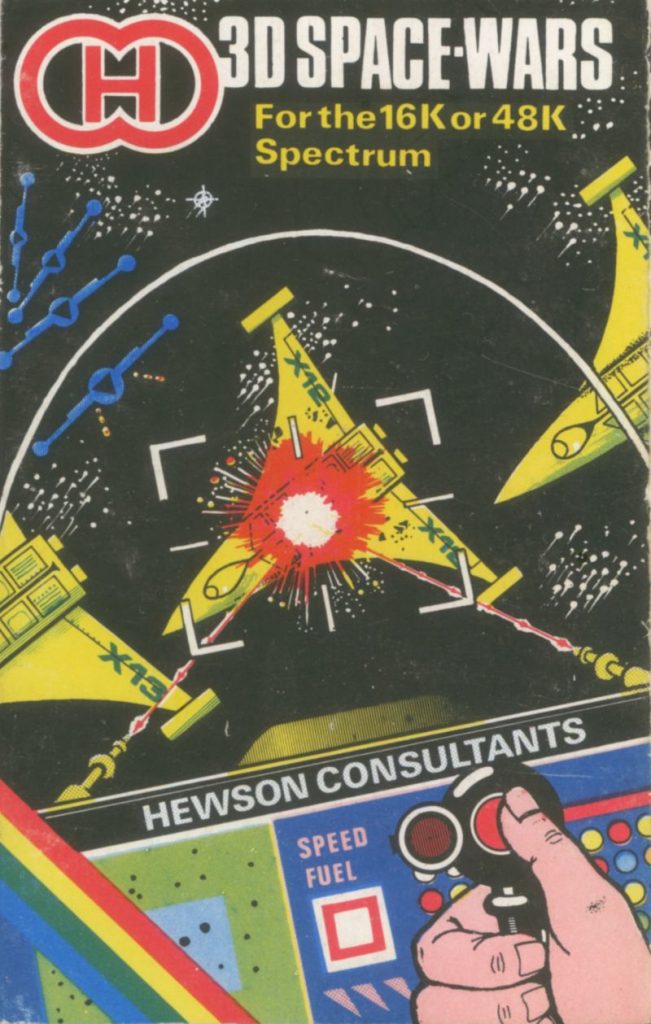
Your Hewson games Paradroid and Uridium were very original Were did you get your ideas from?
I gave Andrew a briefing of what I wanted for Paradroid, “a game with a cute robot”. He came in the next day with a bit of paper with the outline of Paradroid on it, it began with something like “robots and cute don’t go together”. I like his idea which was well thought out and the rest is history. I did put a cute droid in Quazatron though just to prove my point.
We were both influenced by arcade game at the time. Andrew would study the scrolling games and worked out that the way to do it was to make sure the game ran at the full video refresh rate. Uridium was specifically step designed, step by step to do this. Andrew worked out how much he could afford to scroll, how much time the sprites would take. The shape of the scrolling area suggested a long spaceship andt he scroll of the stars was an illusion using character animation to make the scrolling area seem bigger.
What was your favourite game with Hewson?
My favourite game was Dragontorc. Avalon was a success and I could concentrate just on the adventure and graphics rather than write a whole new game. I really enjoyed the while process of making up the scenario and putting it in the existing code.
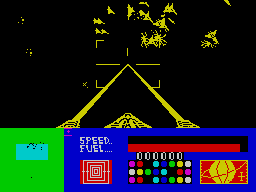
What was the toughest game you ever made and why was it so tough to make?
International Motox was perhaps the toughest. It was out first true 3D game across PC and Playstation so there were a lot of problems to overcome. We had a couple of aborted attempts at plotting the 3d terrain on the PC but they were not fast enough or detailed enough. I eventually took over that part of the project and invented a completely new method of drawing the background. I projected vertical lines of screen pixels across the map rather like ray tracing. Graphic cards to this day do not render polygons with the scale changing correctly with the Z distance as the polygon is rasterised. I did it using an logarithm table which I stepped across to give me the displacement of each target pixel. If you plot a large quad poly using a standard method you get a horrible artifact where each of the triangles has its own average texture scale, which shows as a horrible distortion. The modern solution is just to plot lots of smaller triangles. My solution correctly changed the scale for each pixel as the texture strip receded into the distance.
We also had issues with the Playstation especially trying to program a linked game. The manual was translated form Japanese and sometimes was hard to understand or said the opposite of what was intended. For example it might say you must set this bit when they meant you must never set this bit. So we had many long nights getting the game completed. I would regularly double shift. I went home at 5.30 to eat and see my family and return to work at 7.30 to work through to 5 in the morning. Our Japanese publishers were always amazed that whenever they phoned I was there.
What is the favourite game you have worked on?
Probably Realms. It was Graftgold’s first original game with a team approach. We had used a team on Rainbow Islands but this was the first time we tried an original game across several formats. We had many programmers doing different bits. I coordinated the whole thing and wrote some parts and converted others. It felt a huge achievement.
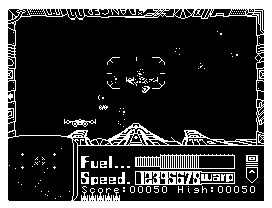
Why did you leave Hewson eventually?
We had a phone call from one of his senior staff saying he was going bust and our two games would not be published. Then his two in house programmers phoned up confirming this and asking for a job. We simultaneously had an offer from Telecomsoft to publish the games and to fund our taking on extra staff. As it turned out Hewson managed to stay in business. We did one last project with him a few years later as Andrew wanted to do an Amiga version of Paradroid and no publisher except Hewson would take it. This time Hewson’s did go bust .
I was a big fan of Avalon Please to us how you come up with the idea and how you made it?
I used to play Runequest, a role playing game rather like Dungeons And Dragons. I could see that sort of game would work well on a home computer. About this time The Hobbit and Attic Attack were popular. I liked the presentation of Attic Attack and wanted to may its action with the kind of adventure contained in The Hobbit. I experimented with various viewpoints by drawing on paper and moving the pictures behind a realistic sized screen also made of paper. I found the scale and mock projection that would suit the game so coded up a demo. It worked ok so I modelled a wizard with Plastacine, drew him from 8 angles and added that to the demo. That is when I knew it was going to be really good. I took this to Hewson and he really liked it setting up an early demos with the press.
My system analyst training came in to design how to code an adventure as data. I worked out a system of events and triggers that could change the state of objects. I cut the size of data down to a minimum so I could get a huge number of things to do in the game. For the actual adventure I read books about Avalon and tried to incorporate elements in the adventure sequences.
Tell us what you’re currently working on?
I have been working on a 3d space game for ages. Its kind of a return to my first game but done in full 3d. It has grown in the writing. The player controls a number of ships that can be flown by the player or sent on automatic missions to raise money to buy replacement ships. Its humans versus Seiddab that are a mutated early attempt to explore space with AI ships. The Seiddab just want all resource for themselves so its all out war across several star systems. Each side can build bases to process resource and create ships etc. Its not a strategy game though, the computer does all that to give a background for an epic scaled shoot em up. The player can choose missions from delivering goods, mining, placing defences or bases or military missions. The ai of both enemy and human ships is the most advanced I have ever written. The idea is that you cannot tell the difference between an AI or player ships. You can form squads with the AI ships and join huge fleet battles. Ships range from nifty scouts , fighters, freighters to a range of battleships.
I enjoy some modern games but feel more love for the smaller teams of the past I feel the fun factor has gone in modern games and are more like movie productions; games can be bug ridden now as patches can be made. in the past we didn’t have updates and in app purchases. What is your view of our industry now?
I never did like movie sequences in games, to me that was not what it was about. Even in the nineties better graphics started to become the most Important things in the magazines, well it is the thing that can be captured in a picture and printed. In turn this is what publishers wanted. Somehow the importance of the gameplay that keeps the player on the edge of their seat has been diminished. I used to compare it to a chess set. The classic Staunton design is the best to play with although there are many really artistic and pretty designs. Perhaps the success of simpler games on mobiles shows people still rate gameplay. I see lots of innovation going on by small independent developers. I suspect most hardly sell at all although many probably are very good games.
Here are some questions about retro games:
My favourite computer was my Amiga and 2 of my favourite games were Cannon Fodder and SWOS 🙂 and my favourite console the Megadrive do you have a favourite?
I thought the Amiga was an exceptional machine and often brought one home to play with. I would have loved to develop an Amiga only title myself but the numbers prohibited it. It was a well designed machine with a good keyboard, fabulous sound and superb graphics.
What is your favourite retro game?
Probably my most played game ever is Steel Panthers World At War. I have had several PC versions and spent years on some campaigns.
Do you still game on the current consoles if so what’s your favourite game?
I have not got any of the latest consoles. I do play occasionally with my son who is very good at most games. I quite like playing cooperative games like Call Of Duty once I get used to using a couple of joysticks. I’ve recently been playing BattleField1942 which is years old on my lap top. I find you need an older game for it to run at a decent speed. That is why I program on a pretty standard laptop rather than a gaming machine. Then I can make my game play at a fast rate by optimising like we did in the old days.
What’s the worst game you have ever played?
Worst game was Dragons Lair on C64. My son so much wanted to play this and we just could not do it despite many attempts. He is an outstanding games player so it must have been really bad. (he walked in a computer show a few years ago and got into the finals playing a game he had never seen before).

